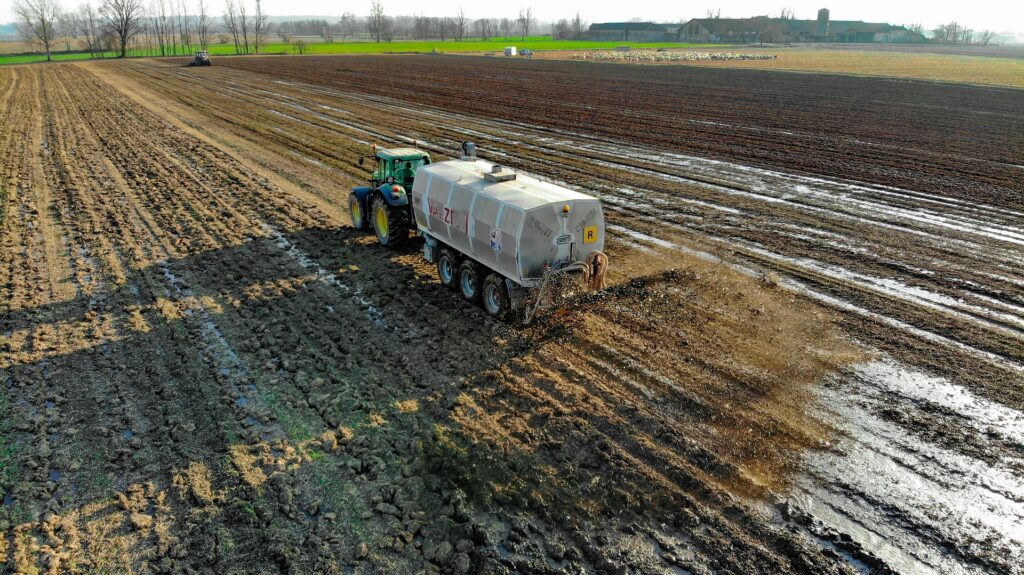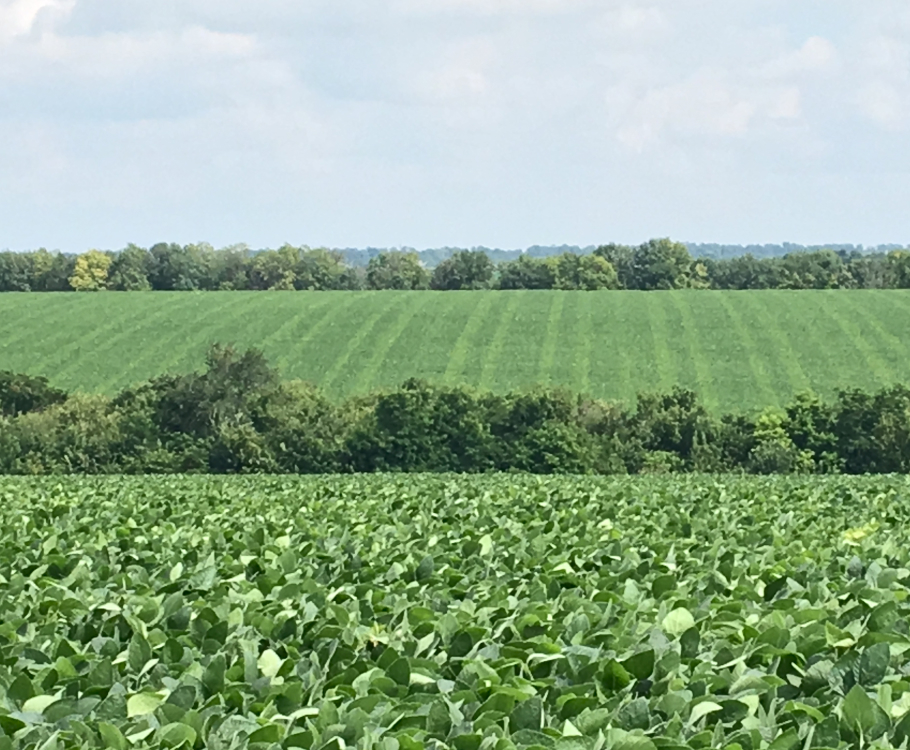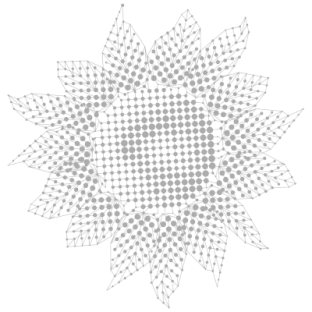Fertilizing on frozen soil
Farmers are constantly faced with the issue of applying mineral and organic fertilizers on frozen soils. We are talking about applying dry solid mineral phosphorus and potash fertilizers scattered over snow or frozen soil.
It is clear that heavily frozen and icy soils do not allow rainwater to infiltrate the soil. The rainwater dissolves the fertilizer that has been spread and runs off into any available lowlands. Therefore, in such cases, the question may arise: “Do I need to re-apply fertilizer or not?”
It is also necessary to keep in mind the possibility of contamination of nearby water bodies. In the event of heavy spring rains and snowmelt, fertilizers applied on frozen soils can end up in lakes and rivers. The increased amount of fertilizer in these bodies of water provides opportunities for the rapid growth of microbial colonies using oxygen. This can be fatal for fish and other aquatic organisms.
The same problems arise when applying organic fertilizers. Therefore, when storing organic fertilizers outdoors, you need to choose a relatively flat area away from water sources. But if there are no problems with storing organic fertilizers, then the best solution is to wait until the soil is dry.
This article is based on information kindly provided by Ward Laboratories, Inc.

Write to us
and we will find an opportunity
for cooperation


